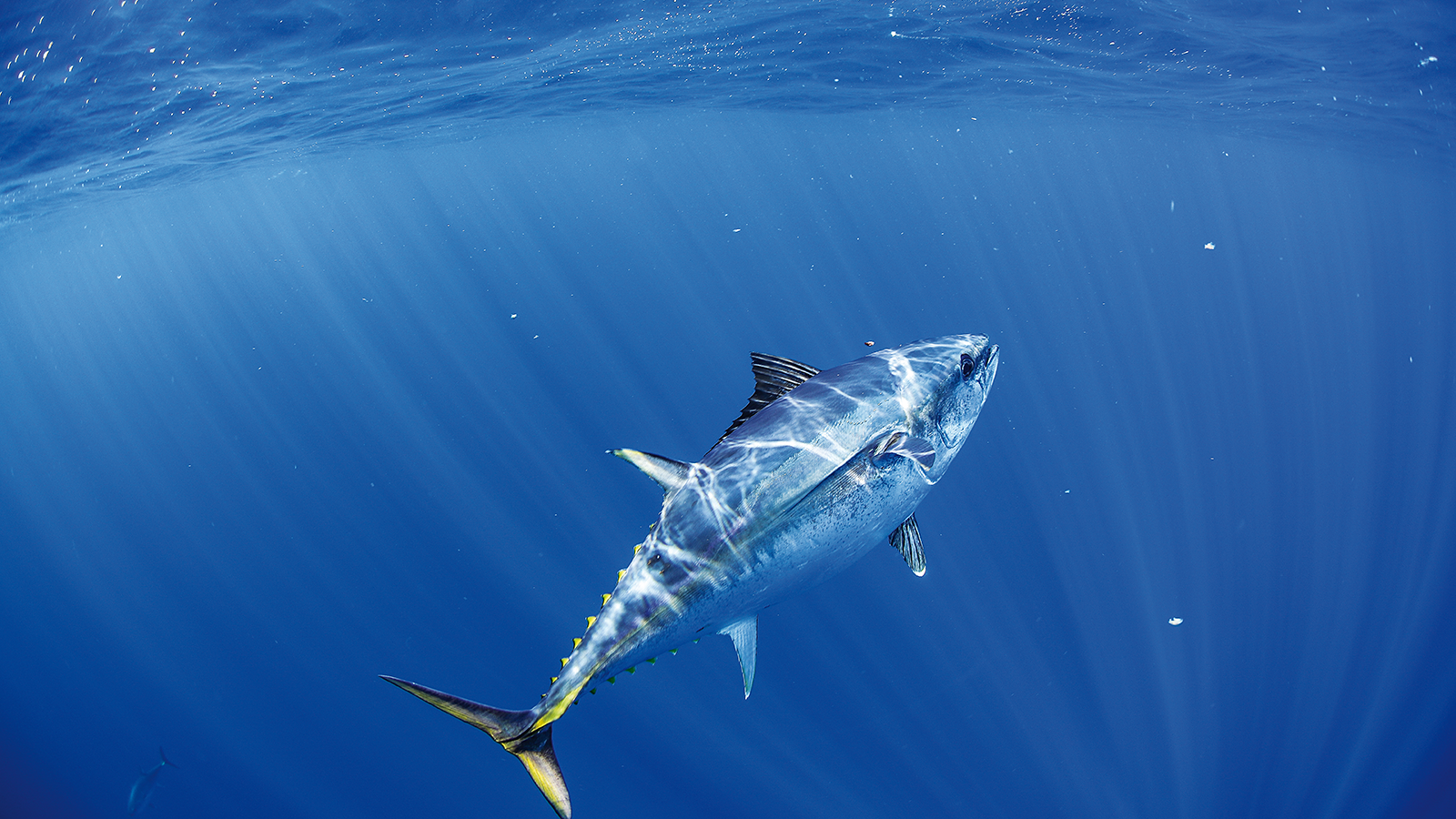Current practices for slaughter of farmed Barramundi use ice slurry. The sector has undertaken preliminary research to understand impacts of harvest and slaughter methods on stress, product quality and fish welfare.
Further investigation is needed into practical and cost-effective application of rested harvest on farms, together with understanding how practices can be improved, for example understanding optimal ice slurry amount, timing, and crowding; and determining impact on flesh quality indicators (e.g. flesh pH, blood glucose and lactate and blood pH). Complementary to harvest method protocols, is the need to investigate the impact on stress of direct transfer of fish into ice slurry as a slaughter method.
The project focus contributes directly to the National priority of:
Improving productivity and profitability of fishing and aquaculture, by increasing profitability through better supply-chain connections (FRDC RD&E plan, 2015-20).
Similarly, the project addresses the NPIRDEF, Working together: the National fishing and aquaculture RD&E Strategy, 2010 value chain outcome of:
Fisheries and aquaculture are prosperous and viable; strategic research themes – growth and profitability; maximising value from aquatic resources.







